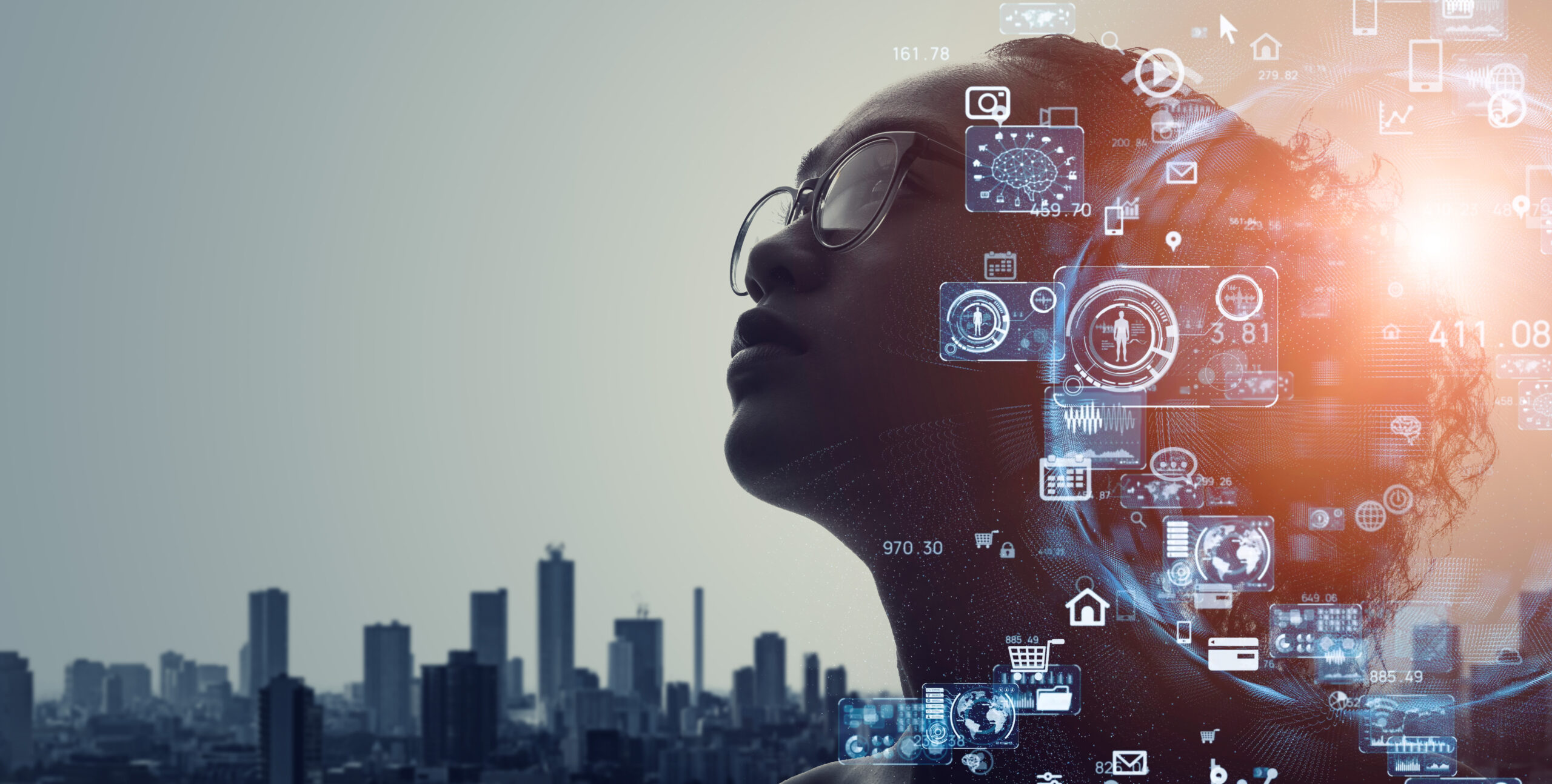I’ve Got a Great Product Idea…Now What?
Every great product starts as an idea around solving a problem. That first “Ah-ha moment” is super exciting – people tend to imagine their successful software product in the hands of thousands of users. But you can’t depend on an assumption of success to get you there – so now what?
There is much more to developing a new software product than “software development.” At this point, the value of your idea/product is an assumption.
It is crucial that before one line of code is written, you eliminate assumptions and create a vision and plan for your new product.
Align Your Product with Your Purpose
What is important to your company? Does your product support your cause?
One of the first steps you need to take is to look at what you want to create and how it aligns with who you are as a company. Ideas are wonderful, but only if they don’t work against the beliefs you built your foundation on.
Creating your business means creating a brand you can stand behind no matter how often you change and expand. If you make a product that doesn’t fit this brand, you will likely lose customers due to confusion and distrust.
For example, Miles IT makes customer decisions based on our core philosophy of helping people accomplish more. It is the focus we built our business on from day one, and it remains the same even as we expand our services into other markets. If we were to present a product to one of our customers that ultimately doesn’t help them to accomplish more, the loyalty we’ve built with this customer would be negatively impacted.
You should strive to accomplish only the best for your brand and customer.
Understand Your Market
Who will your product help? What will it help with? Why is that help needed? When is that help needed?
The first step is to define who this product will be helping and why it is needed.
- Who will it help?
- Is it an individual? A team? A business? A specific industry?
- What will it help with?
- Is it a specific process? How do they do this today?
- Why is the help needed?
- Does it save time? Save money? Reduce errors?
- When is the help needed? How urgent is the need?
- What are they missing out on without your product? What could they be doing with the time/money it would save them?
The people you believe will use your product are the best to answer these questions. The better you understand your prospective end user and their problem(s), the better your product will be.
Based on this information, create a list of every problem your product will solve.
Identify Potential Competition
Now you’ve verified a need (and therefore a market for your product) exists. Does anyone else already have a share of this market?
- Are there any products or services already in this market? If so,
- Do they have a significant foothold in this market?
- If so, with who?
- What does their product/service do? Does it solve the same core problems/needs?
- If so, what is the difference between your vision and their product/service?
- Is your vision different enough to perform better?
- Can the competition easily match your idea, considering they may have a head start in this market?
- If so, what is the difference between your vision and their product/service?
- Do they have a significant foothold in this market?
There may be additional considerations, especially in your specific industry. Does your product cover a specific sub-section or specialty in your industry?
Assess Potential Revenue
How can your product generate revenue for your organization?
- Based on the problems you are solving, what is your product worth to potential customers?
- How will/can this product generate revenue for your organization?
- Is this a recurring subscription? Could there be premium customer service needs?
- How will this product benefit your organization in other ways?
- Will this product save your team time with a job they are already responsible for?
- Are there any specific business goals your product needs to meet?
- Increased efficiency? Profitable by next year? Etc?
Refine Your Vision
Creating a successful project requires being selective about the problems it will solve.
Now you know who you will help, what they need help with, how a solution could help them, and how solving the problem could benefit us.
With all of that information in mind:
- Are there any problems to solve that our initial product vision missed? If so, add them to your list of problems to solve.
- For instance, a part of a process you didn’t know about initially?
- For instance, a part of a process you didn’t know about initially?
- Are there any problems that are not valuable to solve? If so, remove them from your list of problems to solve.
- Maybe a well-established competitor already handles one of the problems you sought to solve.
At this point, you should understand which problems your product will target solving and why.
Planning Version 1 (and beyond)
With a clear understanding of the problems you’re attempting to solve, it is time to create a plan to develop and launch Version 1 of your product. This means balancing a list of features against your determined launch date and budget.
- Features, to solve the problems in your list
- Launch Date, if there is a specific window of opportunity
- Budget, if there is a particular amount you must not exceed
Features
What features should be included in the initial launch? Why?
You’ve likely spent tons of time brainstorming on features that should (or could) be included in your product. Now, it’s time to reign in that giant list of features – which makes the cut? In the software industry, this is often called a “minimum viable product.”
To figure this out, make sure each feature solves a problem on your list (either directly or in part) or contributes to your specific goals. Remember – some features (like an excellent-looking user interface) may not directly solve a problem but may be required for your product to look legitimate to potential users.
Be honest about which features are just “nice to have.” Remember that any features that don’t make the cut for Version 1 can still be built in the future. The less you build now, the less you put at risk and the more room you have to adjust based on what you learn from your users.
List your features, and rank them by priority. Storymapping is a common way to accomplish this.
Launch Date & Target Budget
Now that you have your list of features for Version 1, it needs one last level of refinement:
- Launch Date
- If there is a specific window of opportunity you must launch within, can your entire list of necessary features be completed before then? If not, you must adjust your features to fit your launch date or your launch date to accommodate your features.
- Budget
- Does your list of features fit within your determined budget? You may need to adjust your features to fit if your answer is no. Which of those “nice-to-haves” can wait until a future release?
Conclusion
When developing a new product, you must first understand that creating a new software product is more than coding and developing. It is essential to align the product with the company’s purpose, understand the market, identify potential competition, assess potential revenue, and refine the product’s vision. Ultimately, your product only needs features that will benefit your customer and ensure your overall product successfully reflects who you are.


